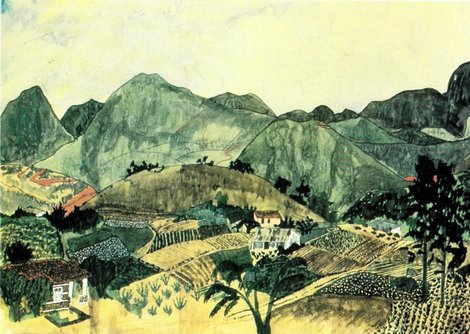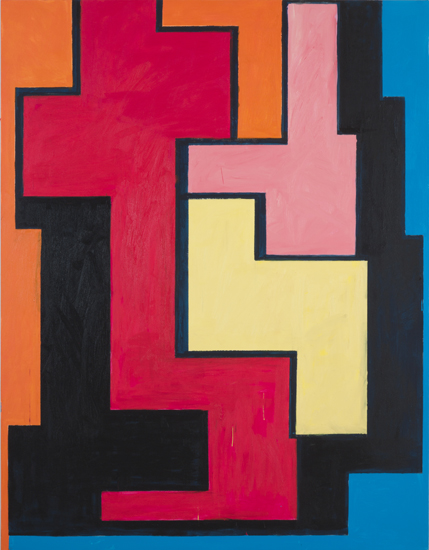
James Franco, Artiste
I NEVER WATCH THE ACADEMY AWARDS, not necessarily out of scruple but because I can’t. There is no working TV in my house. (Part scruple, part laziness, on that point.) So I had no idea who James Franco was until I came across Joe Queenan’s description of him in The Weekly Standard:
For decades, Hollywood has been waiting for the full-service artiste—writer, director, producer, screenwriter—who can lay claim to the scepter of Renaissance Man once held by Orson Welles. Woody Allen couldn’t quite pull it off.Continue Reading





